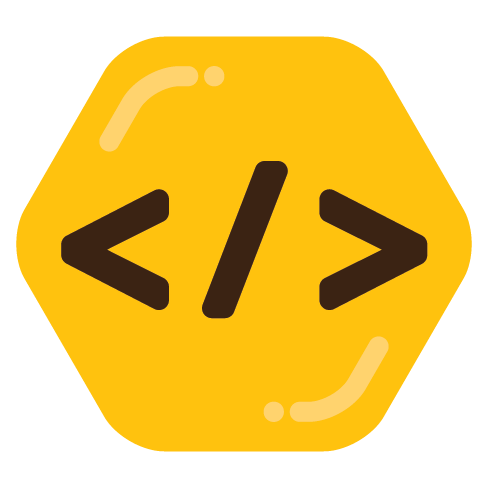

Did they perhaps confuse Tesla solar installs with the cars?


Did they perhaps confuse Tesla solar installs with the cars?


I wish more people would hold Sam Altman’s feet to the fire, hold him to some semblance of accountability. Because the man has made an entire career of failing upwards, from launching a short lived startup that imploded, to suddenly beginning president of ycombinator, to suddenly being worth billions of dollars, and literally paying people in the third world (with monopoly money, of course) for their eyeballs
Oh and there’s the whole thing where he might have molested his kid sister, which is always seemingly glossed over
Even Ed Zitron, who isn’t afraid to go after someone (see his articles about the guy who destroyed Google search) seems to handle Sam with kid gloves


I think they’re talking about self moderation. Maybe augmented “mod services” that you could subscribe to and pick and choose from, as well as override in the “yes I actually want to see this” sense


But now who will donate pretend coats for the virtually needy?!


You’re a moron if you use this.


Apple has done this many times before. Over even more frivolous patents (i.e. a glossy black rectangle)
They made their bed, now they have to lie in it
No. You’d use something like rev.2020 or some other wide gamut color space. Jxr already supports this, and some programs, like the Xbox, take hdr screenshots as jxr
They can both model any color equally well, it’s just oklch works even closer to how we perceive colors changing. LAB and all derivatives are in Cartesian space, with luminance, a, and b being the defining axises. Luminance is self explanatory, but a and b are just axises of how much red/green and blue/yellow there is. It can be difficult to think of a color in how much blue it is, for example, when the color is something like nearly pure red. They both affect the hue output, so varying one can create strange, unintuitive colors
LCH works in polar space, like a color wheel. L is still luminance, c is the “colorfulness” and h is the hue. H and C let you set the same values a and b would, but in a more human way. We’re used to thinking about colors changing independent of how much of a color there is, and that’s what LCH does. Vary only the h and you get very different colors. Vary only the c and you get the same color but in different amounts of saturation, from full color to no color


True, however it occupies the same niche an ORM occupies, without the foot guns. Updating a slew of different db tables from rather clean and straightforward models is relatively simple. It tries to live somewhere between just doing everything as SQL and abstracting everything away like AR does, giving you conveniences from both approaches. You don’t get mired in scoping hell, but you don’t have big ugly messes of nearly-identical SQL statements either.
i’d recommend trying it out https://hexdocs.pm/ecto/Ecto.html


Data comes out as a map or keyword list, which is then turned into the repository struct in question. If you want raw db data you can get that too. And you can have multiple structs that are backed by the same persistent dataset. It’s quite elegant.
Queries themselves are constructed using a language that is near SQL, but far more composable:
Repo.one(from p in Post, join: c in assoc(p, :comments), where: p.id == ^post_id)
Queries themselves are composable
query = from u in User, where: u.age > 18
query = from u in query, select: u.name
And can be written in a keyword style, like the above examples, or a functional style, like the rest of elixir:
User
|> where([u], u.age > 18)
|> select([u], u.name)
None of these “queries” will execute until you tell the Repo to do something. For that, you have commands like Repo.all and Repo.one, the latter of which sticks a limit: 1 on the end of the provided query


I much prefer the repository pattern, as used by sequel and Ecto
Your models are essentially just enhanced structs. They hold information about the shape of data. Generally don’t hold any validations or logic related to storing the data. You perform changes on the data using changesets, which handle validation and generating the transaction to persist the data
It works extremely well, and I’ve yet to encounter the funky problems ActiveRecord could give you


Can they build factories to brake too?


I use foam for vscode. Works great, is codium compatible, and is open source


Search input elements still don’t have a native “clear” button
JFC that’s been a thing in webkit for nearly 2 decades


Throw them into the ocean, same as all car batteries


Subaru Solana or whatever it’s called. I bought an ascent earlier this year, but it basically came down to splitting hairs when I went with it over the Solana. Absolute blast to test drive that thing, and I’d love to take it down to Moab or similar places.
Probably going to wind up leasing one next year, so I don’t have to worry about battery decline down the road


Not if they have a way to strip watermarks too, as has happened with every other system like this


In some places they are.
In Utah, for example, there’s a system called Utopia. They ran fiber all over the place, to the home in most locations. The fiber itself is an Ethernet network owned by Utopia. ISPs then just provide service over said Ethernet network. You can have multiple ISPs at the same time, and they don’t actually own the last-mile, or much else


If you can’t list em, you shouldn’t be able to charge for em
Wonder how many things they shit up
I was surprised to find that an old Plex feature, controlling any one player from any other instance, such as playing on a laptop and controlling with a cell phone, no longer worked. My wife and I used that a lot when traveling, as plugging a laptop into a hotel TV with an HDMI cable is generally far more bullet proof than any streaming stick
Course sometimes we’d stay in an Airbnb, and they’d have a Roku or Apple TV, where we’d just sign into a Plex app and use it there. But that’s beyond the point